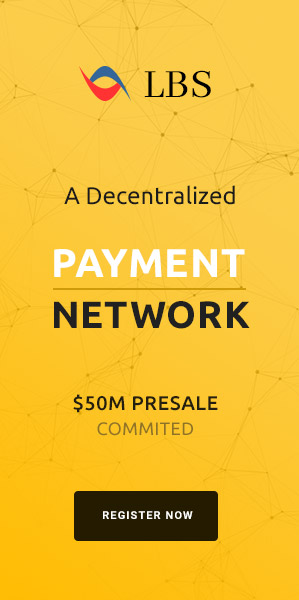For example, Microsoft is in partnership with Samsung for hardware production for the metaverse that should challenge Apple’s Vision Pro headsets. However, these devices will not be available before 2026.
On the contrary, Apple presented its Vision Pro AR/VR last June 2023, officially entering the world of the metaverse.
More recently, there is Google, which in June 2024, has instead formed a partnership with the company Magic Leap to offer immersive experiences and promote the AR/VR ecosystem. Magic Leap has already released a head-mounted augmented reality display, called Magic Leap One, which overlays computer-generated 3D images onto real-world objects.
For example, the same Meta Platforms, whose name was chosen specifically to highlight the metaverse sector as its core business, has shown its interest in AI.
Last August, releasing its Q2 2024 report, it emerged an additional loss in the metaverse sector of 4.5 billion dollars. On the other hand, CEO Mark Zuckerberg showed his interest in AI by announcing his new model that will become the most used AI assistant by the end of the year.
The interest of the Lotte Group in blockchain is not new. Already at CES 2023, the company had announced ambitious plans for the metaverse, initially collaborating with the Ethereum sidechain Polygon for its NFT initiatives.
However, the alliance with Arbitrum represents a strategic shift, allowing the group to fully leverage the potential of blockchain technology for complex and large-scale projects.
Not by chance, NFTs can represent anything unique in the metaverse, such as digital identifiers (DID), avatars, personal profile pictures (PFP), or personal records of any kind. Then there are virtual real estate properties, artworks, collectibles, and much more.
The value of NFTs is represented by the “disintermediation” of Web3. With NFTs, both in the metaverse and in general, all creators who sell their works receive almost all the proceeds from the sale, minus a marketplace commission (usually 2.5%) and any gas fees.
Not only that, the end users of a Web3 network also receive rewards for contributing to the value of their networks. Siu reports that in 2024, these users received the equivalent of 14.9 billion dollars in the form of airdrop.
The NFTs continue today to be preferred over the traditional intellectual property industry, that of Web2.
Although the trademark application does not guarantee the launch of a product, it paves the way for new opportunities in the sector. The platform could include digital collectibles and other interactive elements related to Trump.


Recent Commens